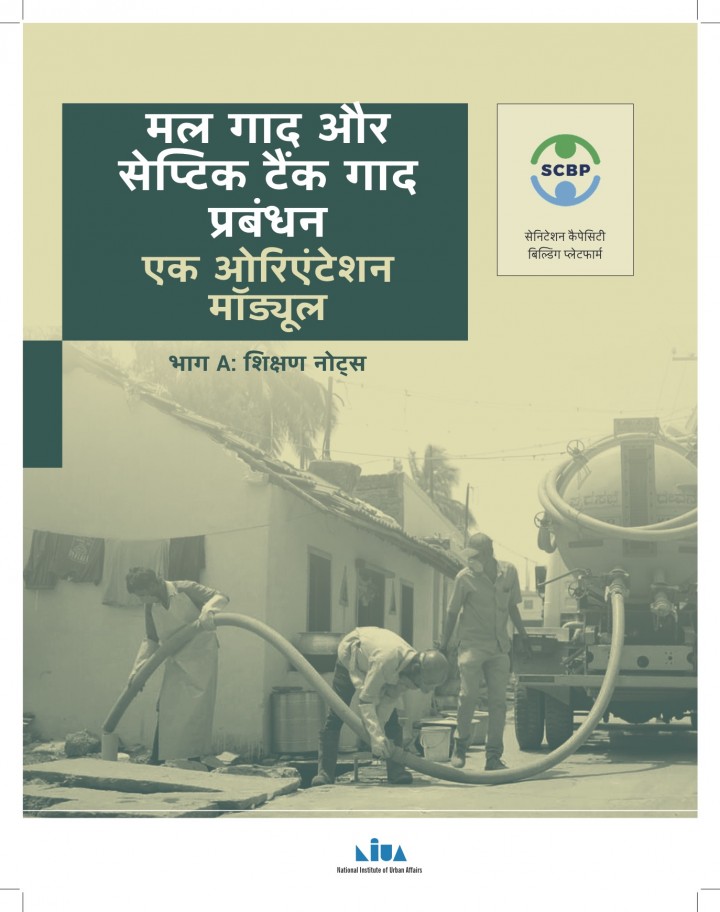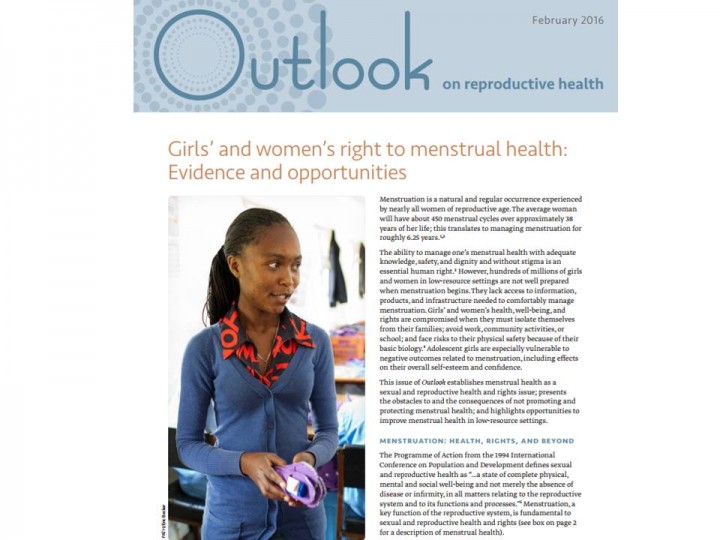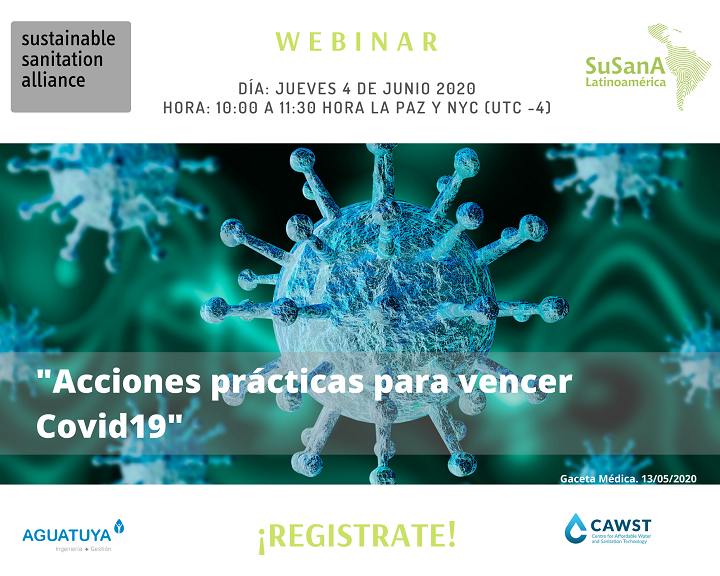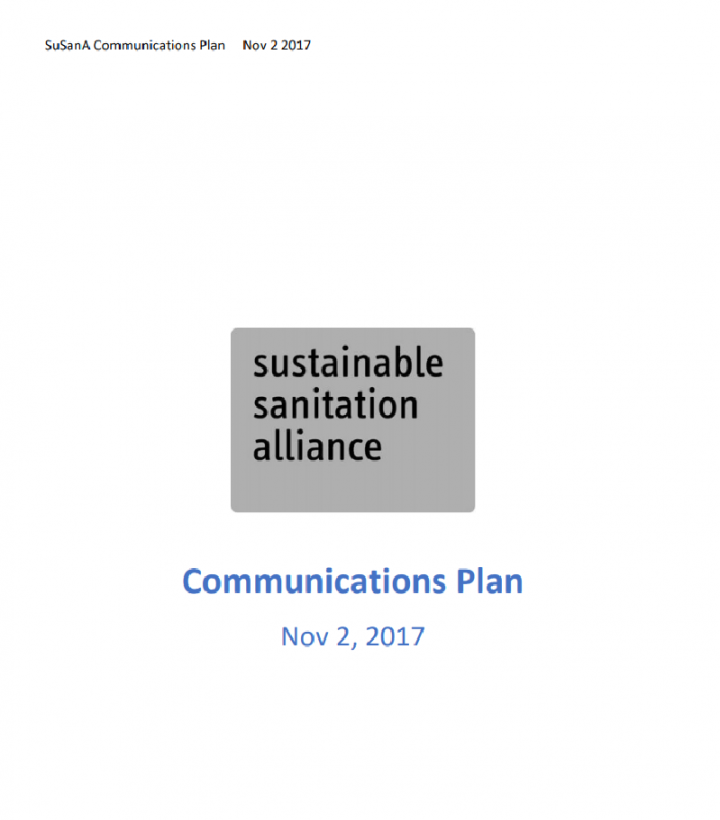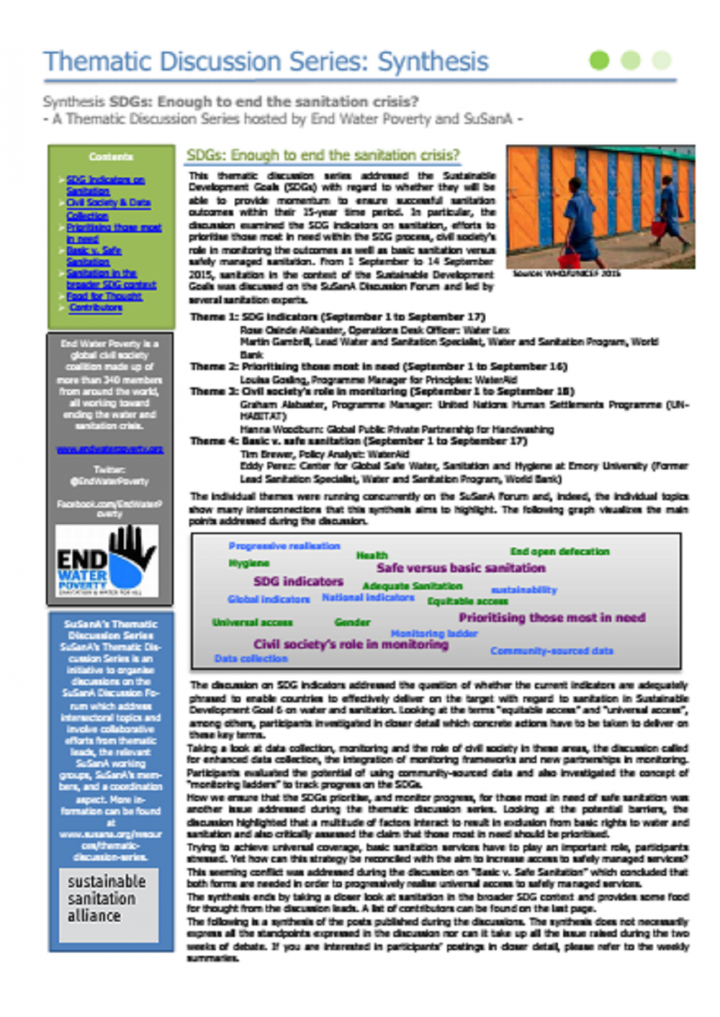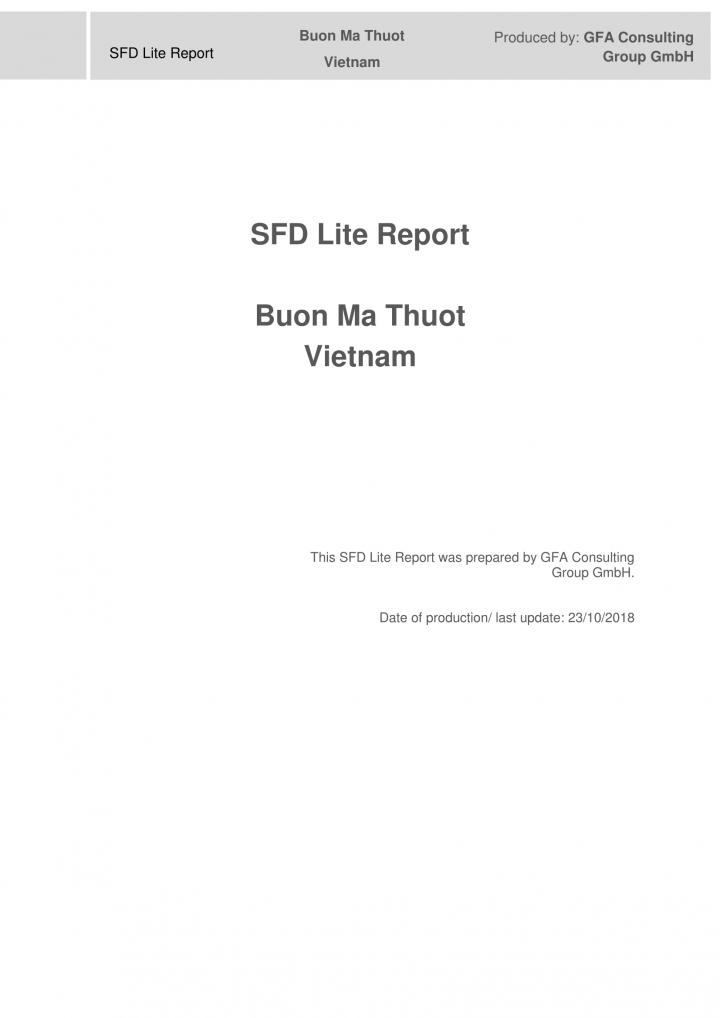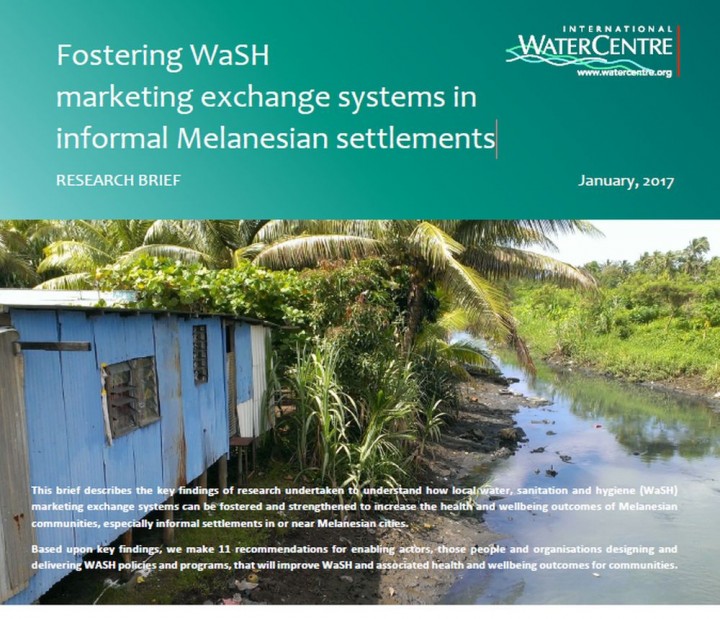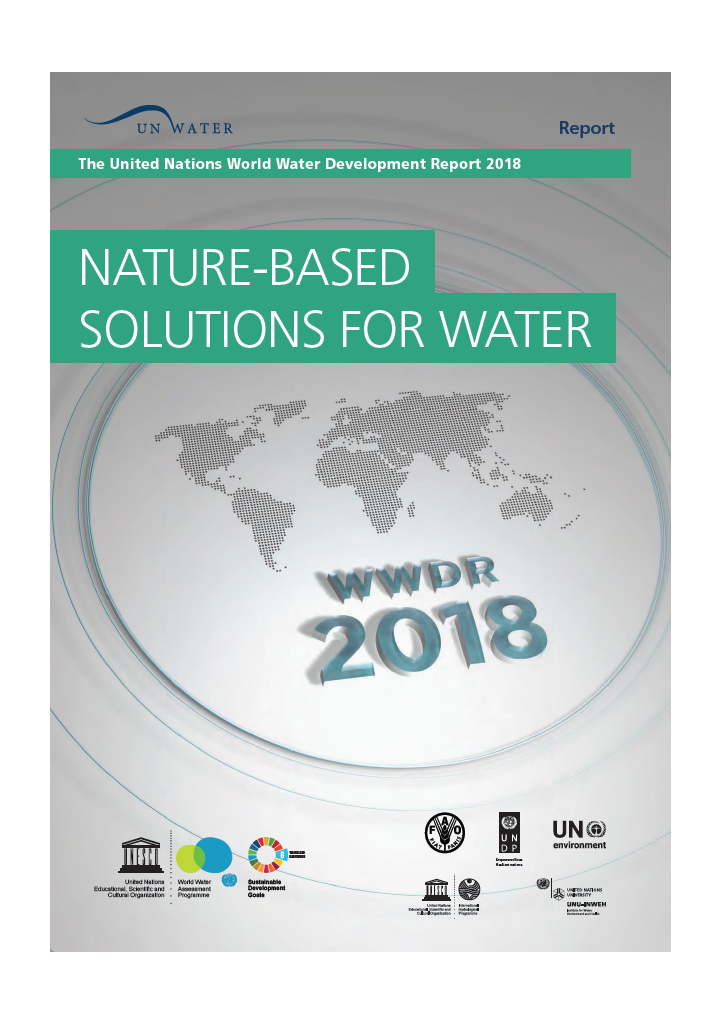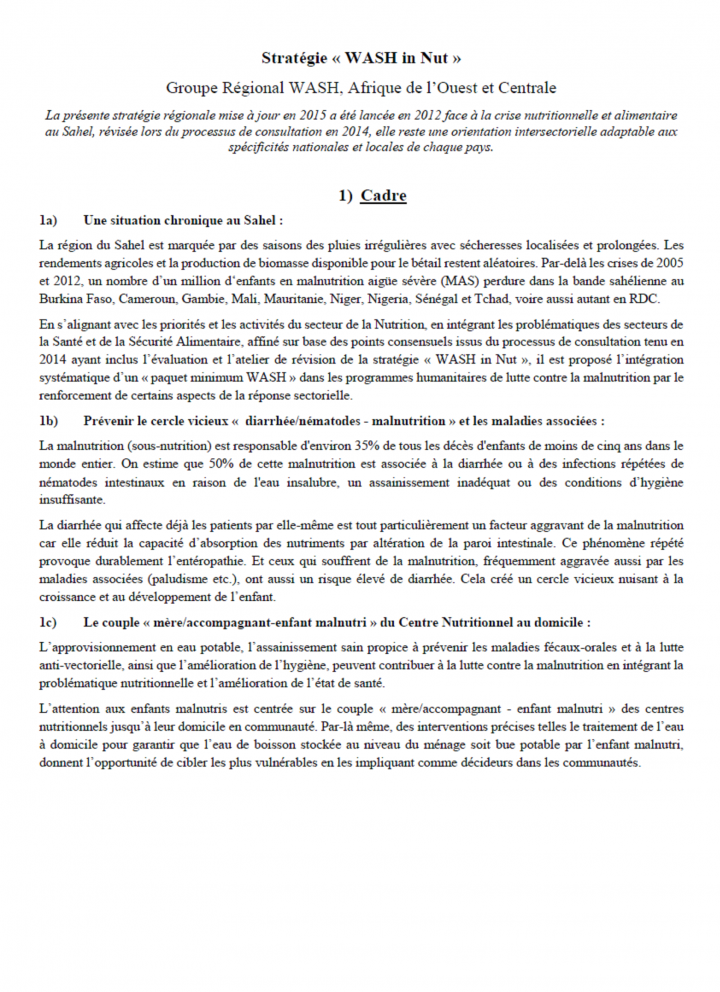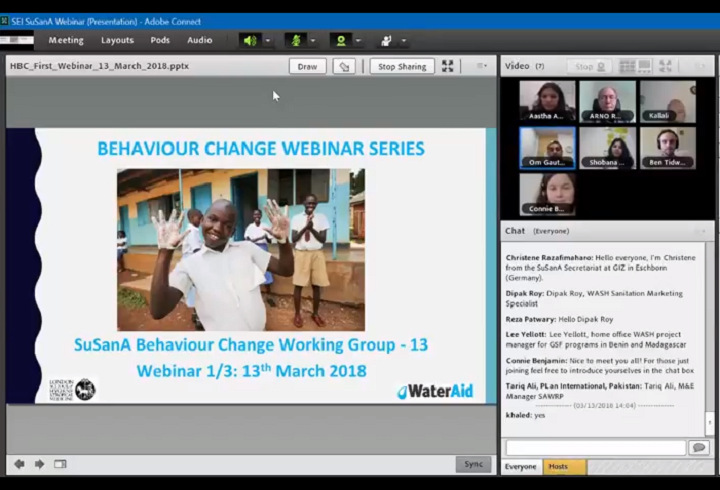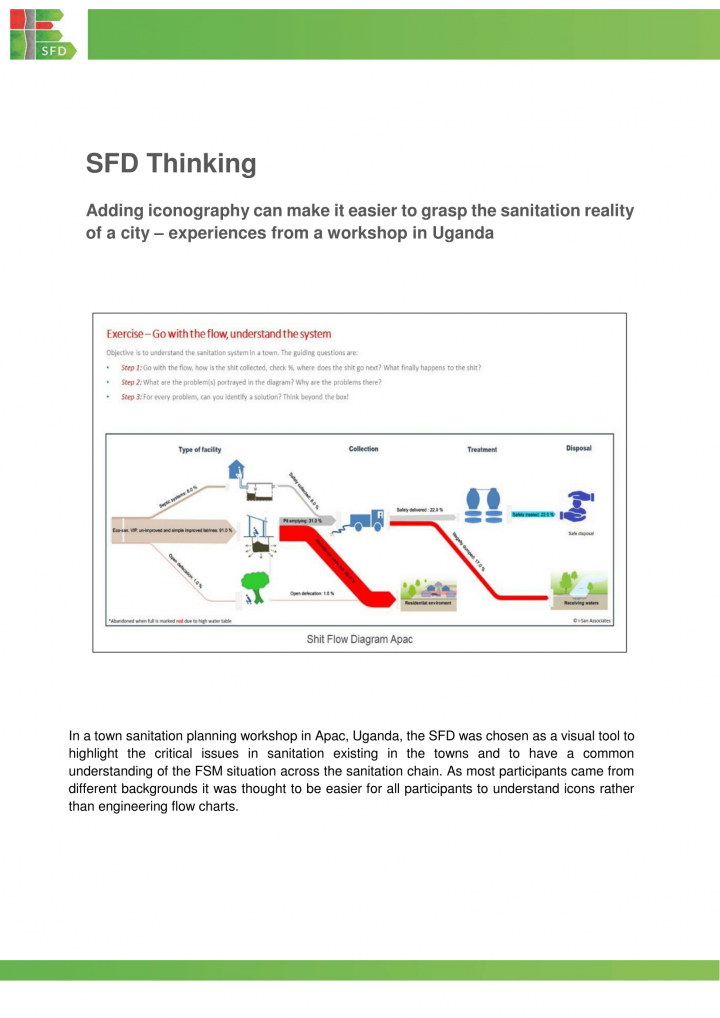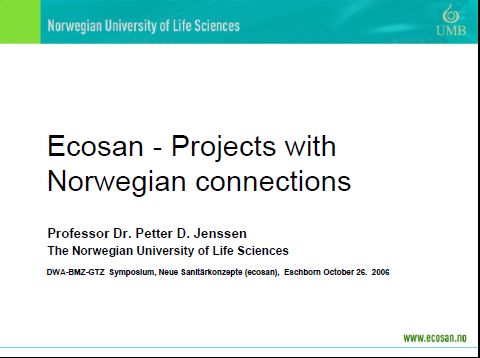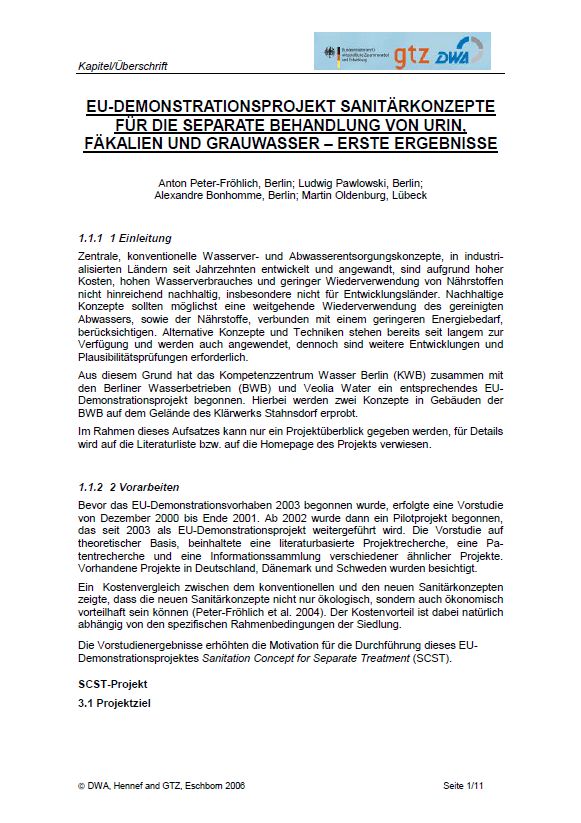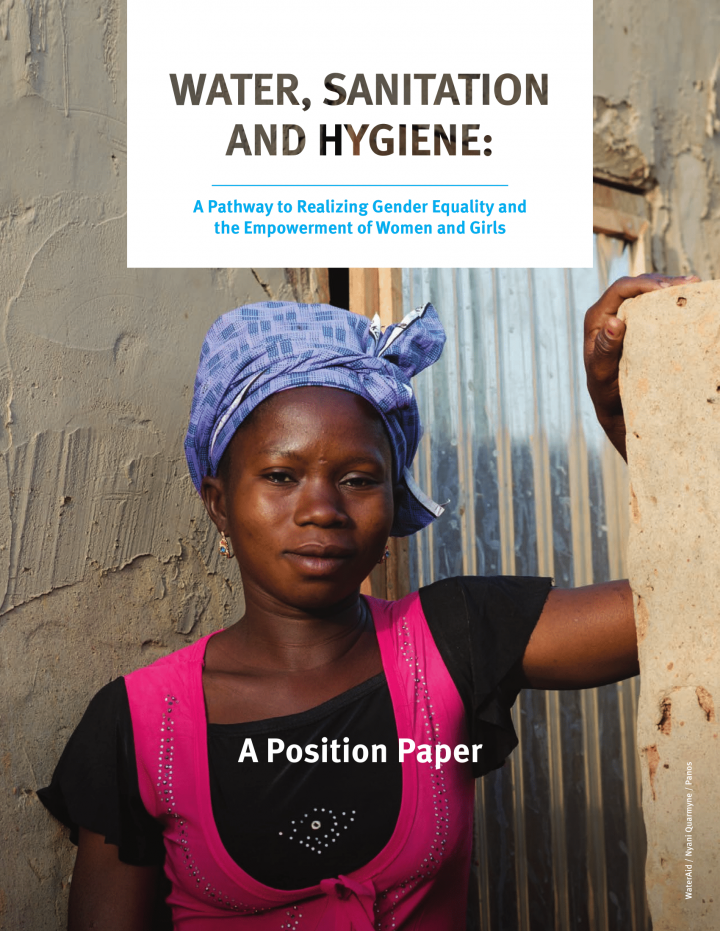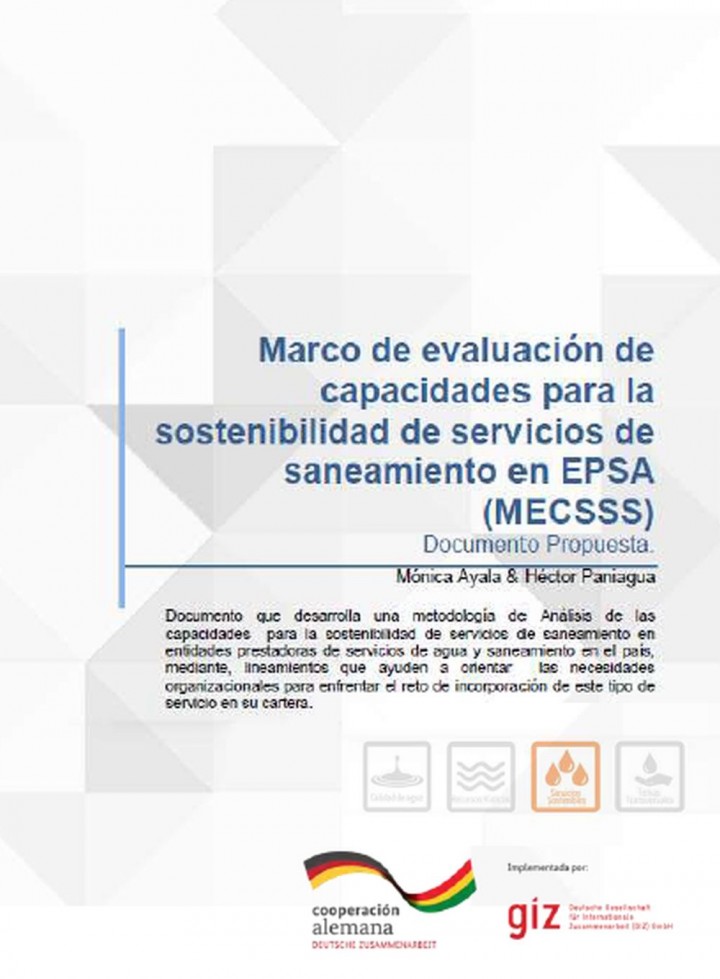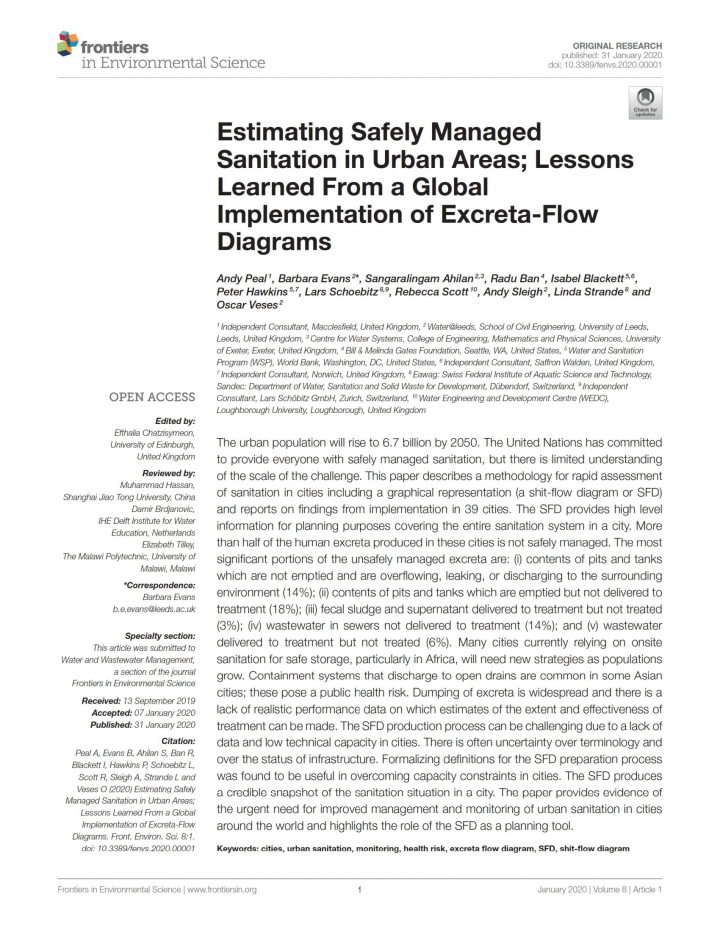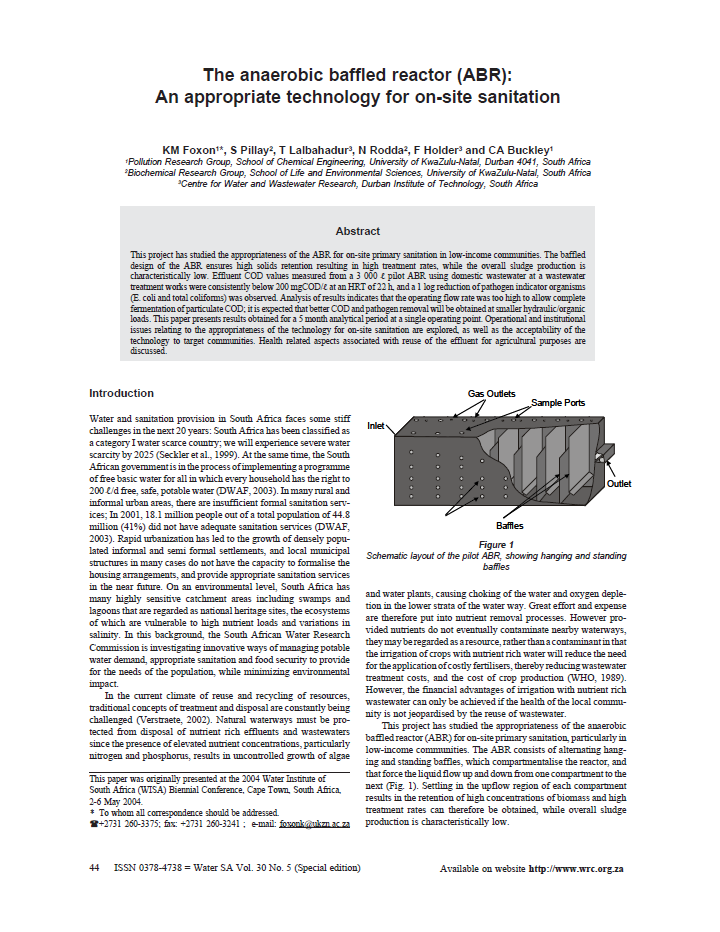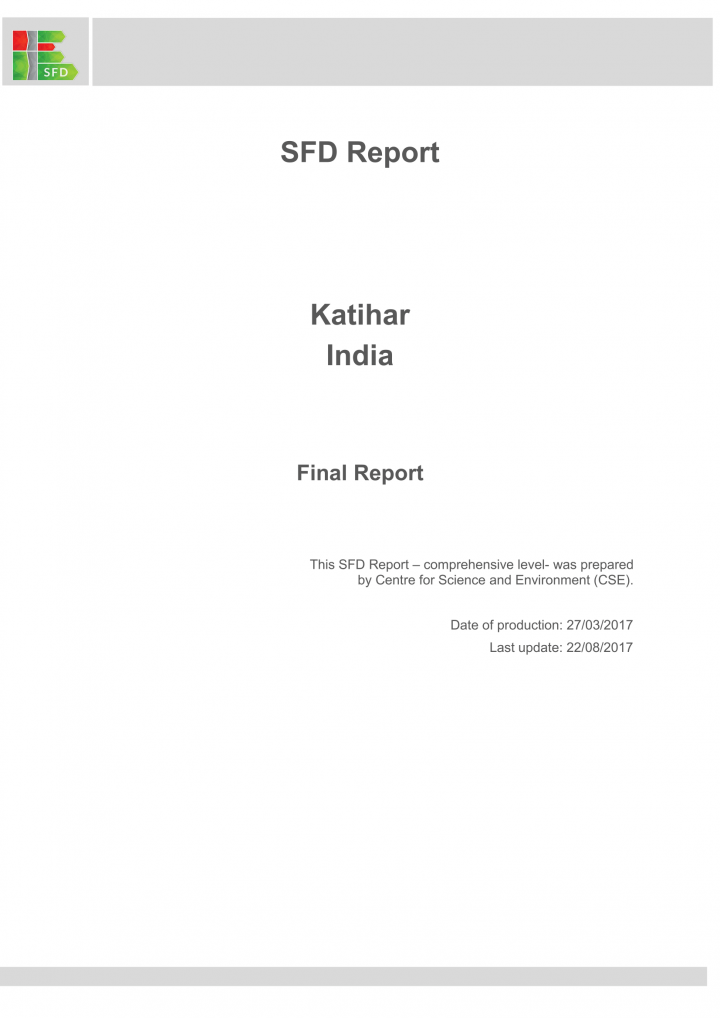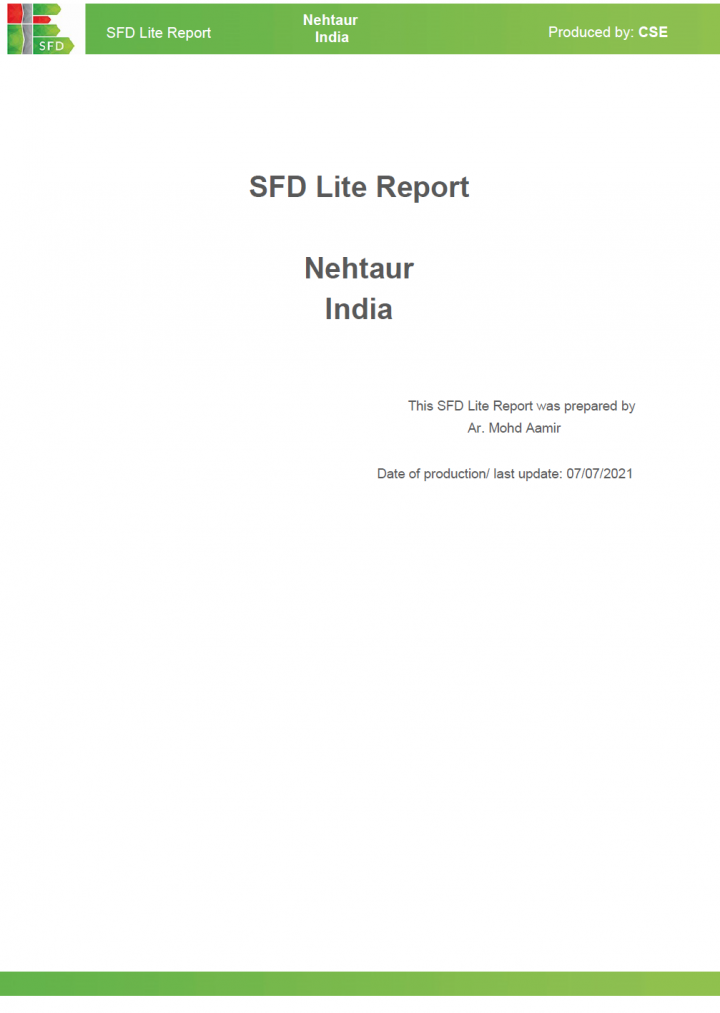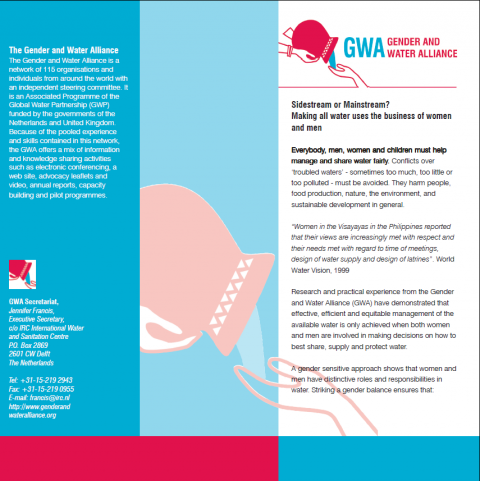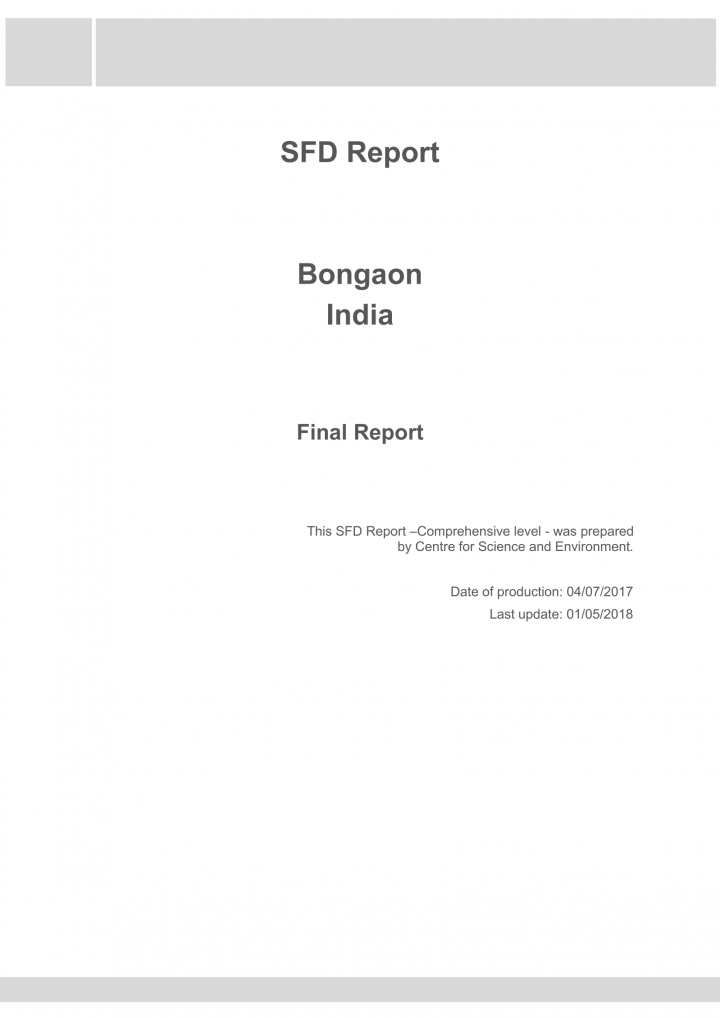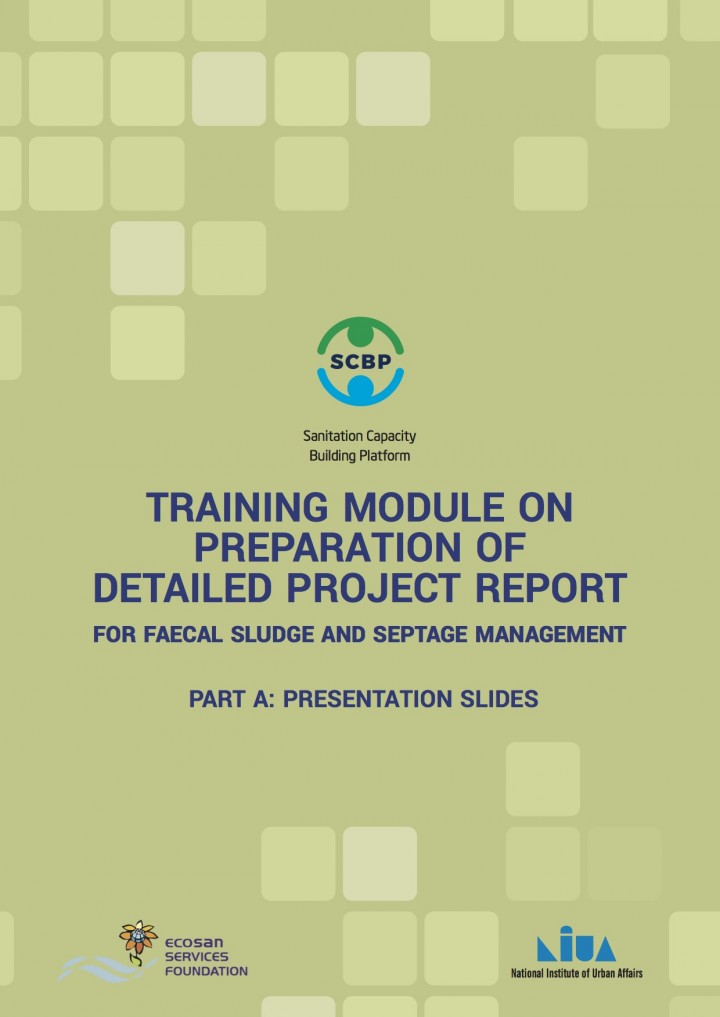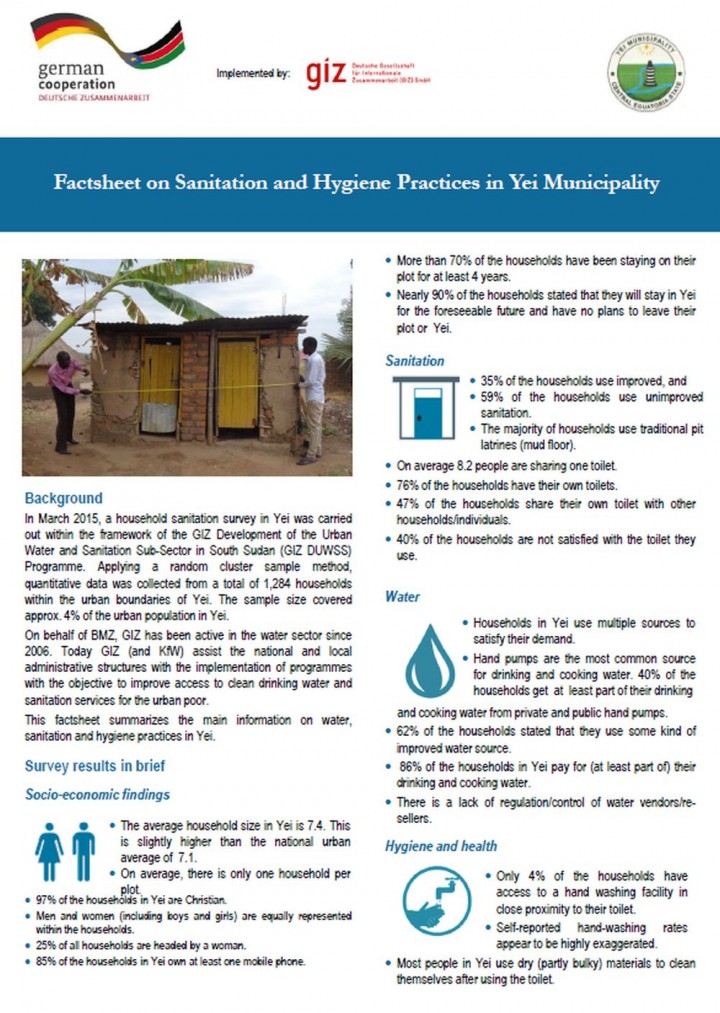Searching for information on Sanitation Workers?
The Sanitation Workers Knowledge + Learning Hub is the best source for all current news, trends, articles and updates on sanitation workers rights around the world.
About the Training Modules
Training Modules on decentralised sanitation, septage and wastewater have been developed, tested and delivered by SCBP during 2016-17, during training of government officials from UP, Rajasthan, MP, Telengana, Bihar, Karnataka, West Bengal, Jharkhand and Chattisgarh. These Modules have also been used in Training of Trainers(ToTs) of Amrut Nodal Agencies, Academia, …
This issue of Outlook establishes menstrual health as a sexual and reproductive health and rights issue; presents the obstacles to and the consequences of not promoting and protecting menstrual health; and highlights opportunities to improve menstrual health in low-resource settings.
El coronavirus COVID-19 está causando estragos en la economía y los sistemas de salud a nivel global, sin embargo existen esfuerzos de diferentes organizaciones que dan frutos en el intento de contener esta emergencia internacional que ya fue declarada como pandemia.
¿Como podemos influir en el comportamiento de las personas? ¿Qué buenas prácticas se pueden aplicar para proteger al …
The Three Cities On-Site Sanitation (OSS) and Faecal Sludge Management (FSM) Knowledge Exchange (KEx) Case study provides detailed highlights of the capacity development initiative that was undertaken in three sub-Saharan African cities; Kampala (Uganda), Dar Es Salaam (Tanzania) andLusaka (Zambia). The KEx initiative was aimed at enabling keystakeholders from the three cities municipalities/ …
This SuSanA Communications Plan is based on the CAWST Sector Knowledge Management Study which was funded as part of a grant by the Bill & Melinda Gates Foundation (see link below).
The Communications Plan was written mainly by Arno Rosemarin and subsequently endorsed by the SuSanA secretariat and core group
It has 9 Appendices which are provided for download below.
The following were the …
This thematic discussion series addressed the Sustainable Development Goals (SDGs) with regard to whether they will be able to provide momentum to ensure successful sanitation outcomes within their 15-year time period. In particular, the discussion examined the SDG indicators on sanitation, efforts to prioritise those most in need within the SDG process, civil society’s role in monitoring the …
Buon Ma Thuot is the capital city of Dak Lak province. It is located in the southwest of Dak Lak and borders Dak Nong province in the west and four districts of Dak Lak province in the other directions. It has a population of about 457,000 (Statistic Office of Vietnam, 2016) with a general growth rate of 1.12% per year.
In Buon Ma Thuot, 18% of the population uses offsite sanitation systems. A …
Multiple papers.
1. Research Brief: Melanesian WaSH policy environments to foster inclusive WaSH marketing exchanges
2. Policy Brief: Melanesian WaSH policy environments to foster inclusive WaSH marketing exchanges
3. Programmer’s Brief: Building on existing marketing exchanges in Melanesian informal settlements to improve WaSH Research
4. Programmer’s Brief: Using participatory …
The United Nations World Water Development Report, Nature-based Solutions for Water, launched 19 March 2018 during the 8th World Water Forum, and in conjunction to the World Water Day, demonstrates how nature‐based solutions (NBS) offer a vital means of moving beyond business‐as‐usual to address many of the world’s water challenges while simultaneously delivering additional benefits vital …
La présente stratégie régionale mise à jour en 2015 a été lancée en 2012 face à la crise nutritionnelle et alimentaire au Sahel, révisée lors du processus de consultation en 2014, elle reste une orientation intersectorielle adaptable aux spécificités nationales et locales de chaque pays.
In a town sanitation planning workshop in Apac, Uganda, the SFD was chosen as a visual tool to highlight the critical issues in sanitation existing in the towns and to have a common understanding of the FSM situation across the sanitation chain. As most participants came from different backgrounds it was thought to be easier for all participants to understand icons rather than engineering flow …
The Canadian water, sanitation and hygiene (WASH) sector welcomes Canada’s new Feminist International Assistance Policy, a bold rights-based framework to guide Canada’s international development efforts that places gender equality and the empowerment of women and girls at the heart of poverty reduction. Based on the contributions of 17 organizations and individuals, this position paper …
Documento que desarolla una metodología de análisis de las capacidades para la sostenibilidad de servicios de agua y saneamiento en entidades prestadoras de servicios de agua y saneamiento en el país, mediante, lineamientos que ayuden a orientar las necesidades organizacionales para enfrentar el reto de incorporación de este tipo en su cartera.
I. ANTECEDENTES
II. OBJETIVO
III. ENFOQUE …
While sanitation is fundamental for health and wellbeing, cities of all sizes face growing challenges in providing safe, affordable and functional sanitation systems that are also sustainable. Factors such as limited political will, inadequate technical, financial and institutional capacities and failure to integrate safe sanitation systems into broader urban development have led to a persistence …
This paper describes a methodology for rapid assessment of sanitation in cities including a graphical representation (a shit-flow diagram or SFD) and reports on findings from implementation in 39 cities. The SFD provides high level information for planning purposes covering the entire sanitation system in a city. More than half of the human excreta produced in these cities is not safely managed. …
This project has studied the appropriateness of the ABR for on-site primary sanitation in low-income communities. The baffled design of the ABR ensures high solids retention resulting in high treatment rates, while the overall sludge production is characteristically low. Effluent COD values measured from a 3 000 l pilot ABR using domestic wastewater at a wastewater treatment works were …
Katihar, the district headquarters of Katihar District, is located in the state of Bihar, India. The population of Katihar city is 240,838 with a population density of 9,437 persons per sq.km (Data from 2011). During the post-independence period, commerce showed a phenomenal increase with the associated small scale industrial development, which resulted in the increase of city population.
72 …
Nehtaur is a small town in Bijnor District, Uttar Pradesh and is located 26 km to East of BijnorNehtaur is a small town in Bijnor District, Uttar Pradesh and is located 26 km to East of Bijnorcity, District Headquarters (Figure 2). According to Census 2011, Nehtaur had a populationof 47,834 residing in 7,438 households (HHs). The population of the city as per SwachhSurvekshan (country wide annual …
Bongaon city lies in the state of West Bengal, India. It has a population of 108,864 of which the slum population accounts to 37.04% of the total population (data from 2011).
All households are dependent currently on Onsite Sanitation Systems (OSS). The town does not have any treatment facility for FS. 45% FS, which gets emptied, is transported and discharged untreated into solid waste …
About the Training Modules
Training Modules on decentralsid sanitation, septage and waste water have been developed, tested and delivered by SCBP during 2016-17, during training of government officials from UP, Rajasthan, MP, Telengana, Bihar, Karnataka, West Bengal, Jharkhand and Chattisgarh. These Modules have also been used in Training of Trainers(ToTs) of Amrut Nodal Agencies, Academia, …
In March 2015, a household sanitation survey in Yei was carried out within the framework of the GIZ Development of the Urban Water and Sanitation Sub-Sector in South Sudan (GIZ DUWSS) Programme. Applying a random cluster sample method, quantitative data was collected from a total of 1,284 households within the urban boundaries of Yei. The sample size covered approx. 4% of the urban population in …

